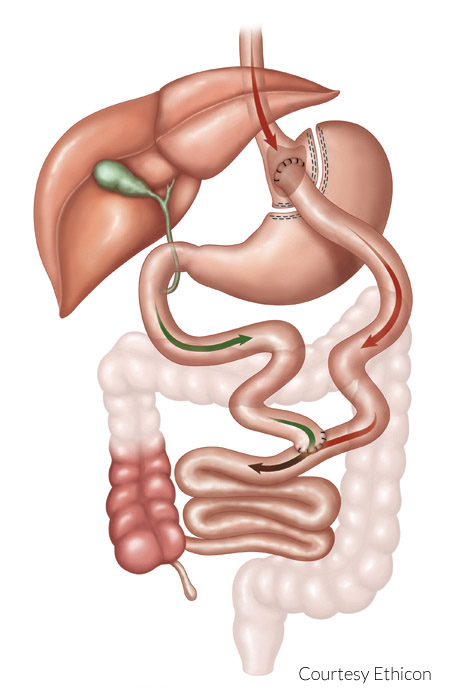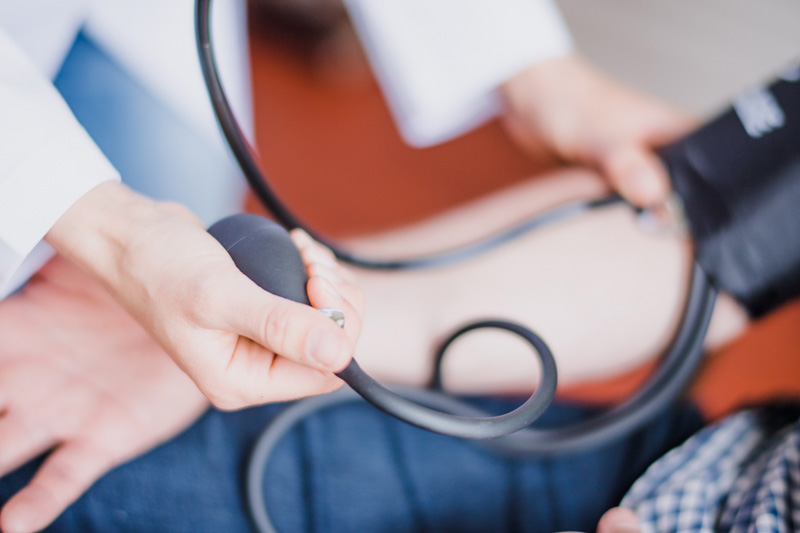Introduction to Bariatric Surgery
Welcome to our comprehensive guide on Bariatric Surgery, a life-changing journey towards weight loss and improved health. In this section, we’ll explore the world of bariatric procedures, their benefits, and how they can transform lives.
What is Bariatric Surgery?
Bariatric surgery, often referred to as weight loss surgery, is a medical procedure designed to help individuals achieve sustainable weight loss and alleviate obesity-related health issues. It’s not just about shedding pounds; it’s about regaining control over your health and your life.
Why Consider Bariatric Surgery?
Obesity can lead to a myriad of health problems, including diabetes, heart disease, and joint pain, among others. Bariatric surgery provides an effective solution when traditional and medical weight loss methods prove insufficient. It is a powerful tool to achieve significant and lasting weight reduction, ultimately enhancing overall well-being.
Exploring Bariatric Procedures
Our journey will take us through various bariatric surgery options, including:
- Sleeve Gastrectomy: Learn how this procedure reshapes the stomach, promoting weight loss while preserving essential functions.
- Roux-en-Y Gastric Bypass: Understand the creation of a smaller stomach pouch and its impact on your digestive system.
- Duodenal Switch: Explore the innovative techniques that limit nutrient absorption while maintaining digestive efficiency.
We’ll delve into the advantages and considerations of each procedure, helping you make an informed decision tailored to your unique needs.
Is Bariatric Surgery Right for You?
Deciding on bariatric surgery is a significant step. We’ll guide you through the factors to consider and help you determine if it’s the right path towards a healthier, happier you.
Sleeve Gastrectomy / Gastric Sleeve

A Gastric Sleeve, or Sleeve Gastrectomy, is a bariatric surgery that removes a portion of the stomach, creating a small, tube-shaped stomach. This reduces food intake and appetite by decreasing the hunger hormone ghrelin. It’s a permanent procedure for weight loss, with potential risks and long-term lifestyle changes.
Roux-en-Y Gastric Bypass

Gastric Bypass is a weight loss surgery that creates a small stomach pouch and bypasses part of the small intestine. This limits food intake and reduces calorie absorption, promoting weight loss. It’s effective but carries risks and requires lifelong dietary changes.
Duodenal Switch

A Duodenal Switch is a weight loss surgery that involves reducing the stomach size and rerouting part of the small intestine. It restricts food intake and reduces nutrient absorption, leading to significant weight loss. It’s complex, effective, but carries risks and nutritional considerations.
BMI Calculation and Insurance Considerations
If you’re considering bariatric surgery, it is helpful to understand that calculation that eligibility is based from, the Body Mass Index (BMI). Many insurance providers require a BMI of 40 kg/m² or higher, or a BMI of 35 kg/m² with weight-related medical conditions to authorize bariatric surgery, though the particulars of eligibility is different with every insurance. You can use our BMI calculator below.
Better Health Care is Our Mission
Phone:
Emergency Hotline
In case of a medical emergency, please dial this number immediately: 911
Bakersfield Office:
8311 Brimhall Rd. Building 1900, Suite #1901 Bakersfield, CA 93312



